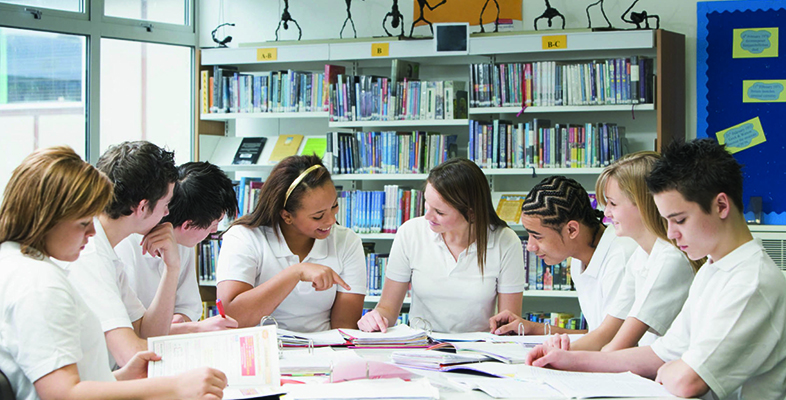3.2 The impact of feedback on student progress in MFL
Feedback on students’ progress in the MFL classroom takes place during a lesson constantly. You may have already observed experienced teachers as they correct students’ pronunciation in oral work, provide suggestions to reading or writing tasks as they circulate around the room, and praise correct usage of grammar or recollection of vocabulary. Immediate feedback like this supports students within a lesson, helping them to adjust or correct their responses to oral or written tasks.
Other forms of feedback may include a written assessment of performance with targets set on how to improve. As well as feedback from the teacher to the student, it can also be from one student to another, or from a student to the teacher.
Many theories have been proposed as to the most effective forms of student feedback. Some schools still use effort grades and marks out of 10, while others use National Curriculum levels and GCSE grades.
Feedback is most effective when the system is transparent, and students understand exactly how successful they have been and how they can improve. Feedback that is discussed with the students is particularly effective and allows them to contribute to identifying how they have fulfilled the success criteria and any areas for improvement. In order for students to make progress, any feedback needs to include a summary of what has been achieved, the points to improve on and what the learner actually needs to do to correct the weaknesses in a piece of work.
William and Black (2002) suggest a number of effective forms of feedback that enable students to make decisions about their future learning and become more effective learners. The next activity will help you identify these.
Activity 4
Read the article ‘Feedback is the best nourishment [Tip: hold Ctrl and click a link to open it in a new tab. (Hide tip)] ’ (William and Black, 2002) and note the most effective forms of feedback, as suggested by the authors in a table like Table 2 below. Complete a second column to add your opinion of the benefit or drawback of the form of feedback, and a third column to note when you might use this form of feedback in MFL lessons.
The first row of the table has been filled in for you as an example.
| Form of feedback | Benefit/drawback? | When to use in MFL? |
|---|---|---|
| Oral feedback from the teacher to the student | More immediate and personal | During group or pair work |
| Giving a mark | ||
| Giving a written comment | ||
| Student-to-student (peer) assessment | ||
| Student self-assessment | ||
| Focus of feedback |
